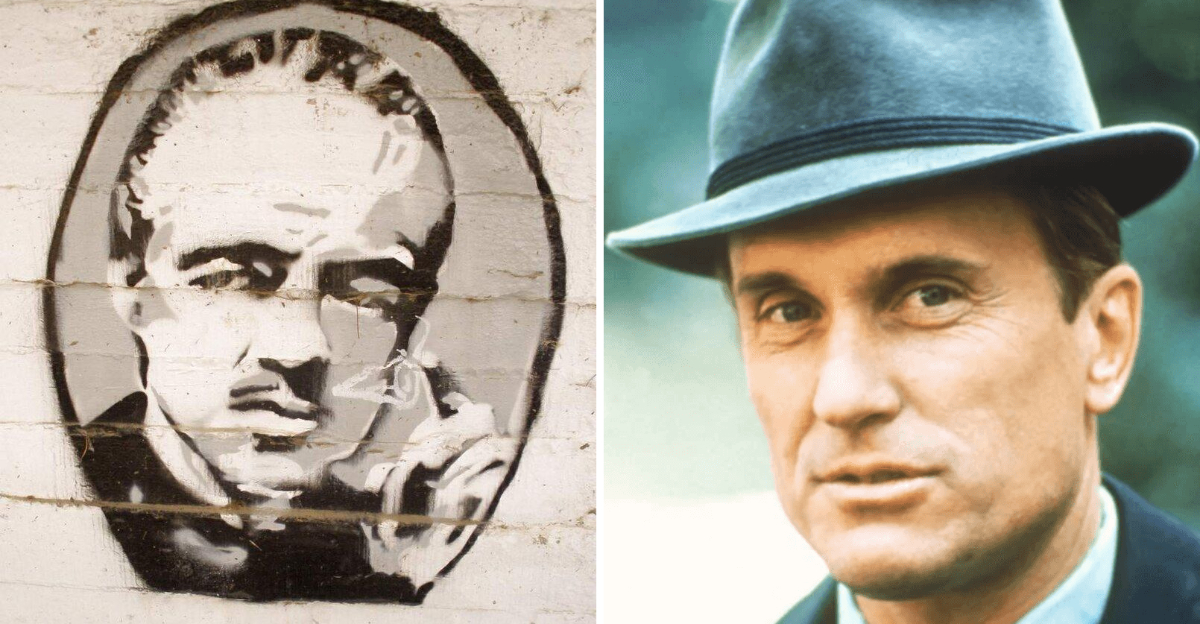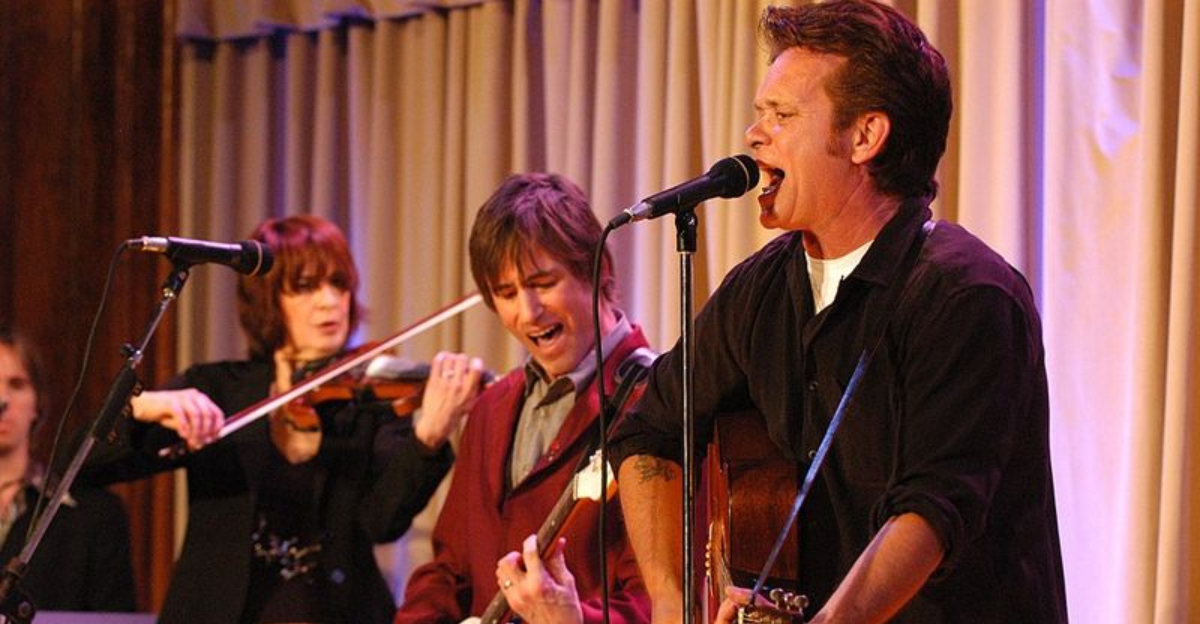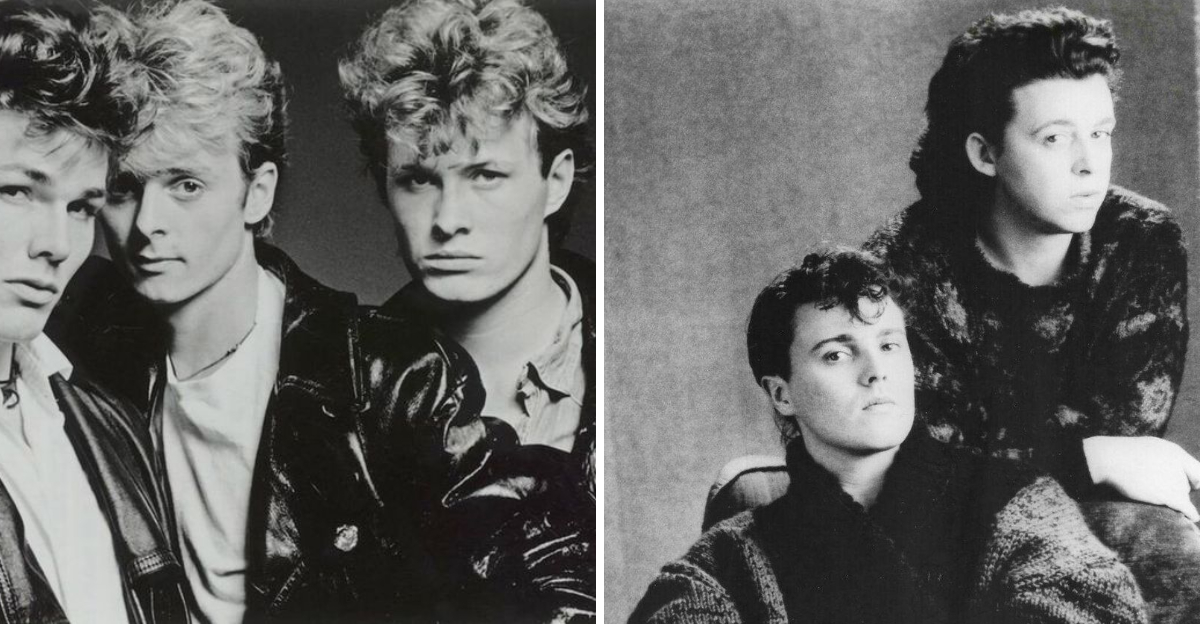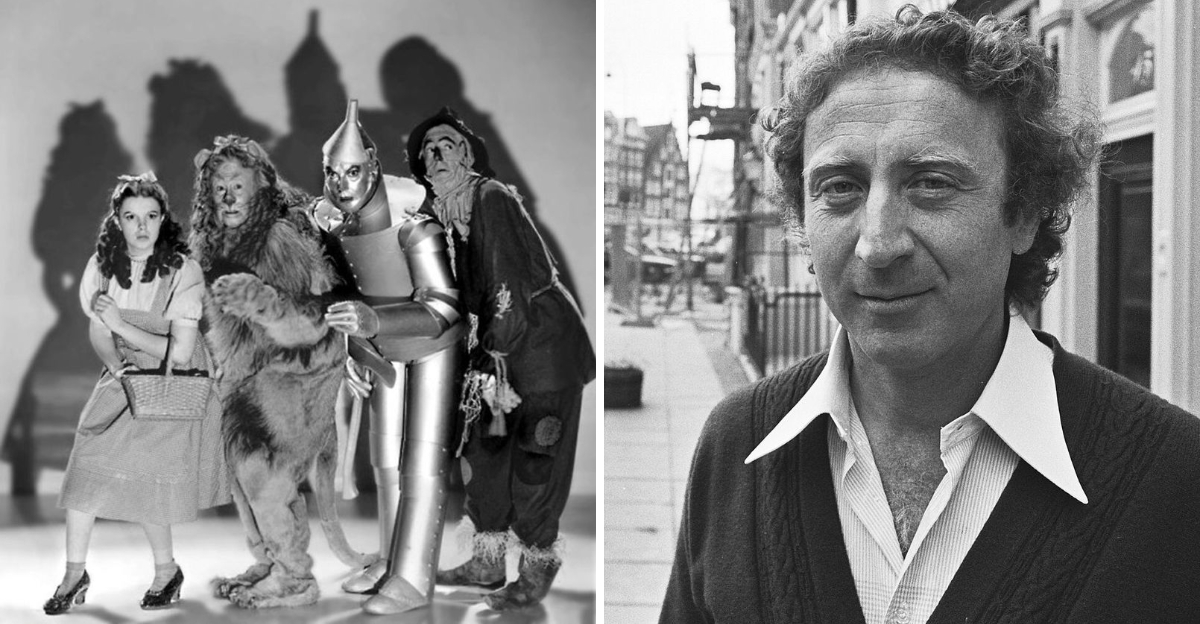15 Sitcoms That Faded From The Cultural Spotlight
Television history is packed with sitcoms that once ruled the airwaves, making families gather around their TV sets every week.
However, many of these beloved shows have quietly slipped away from modern conversations, replaced by newer hits and streaming favorites.
Though they brought laughter to millions during their time, these classic sitcoms rarely get mentioned today, even though they helped shape the comedy we love now.
Disclaimer:
All information in this story reflects publicly available historical data about the television shows mentioned. Availability of episodes, reruns, and streaming options may vary by region and platform. References to cast members, networks, and production details are accurate to the best of current archival records and industry sources.
1. Our Miss Brooks
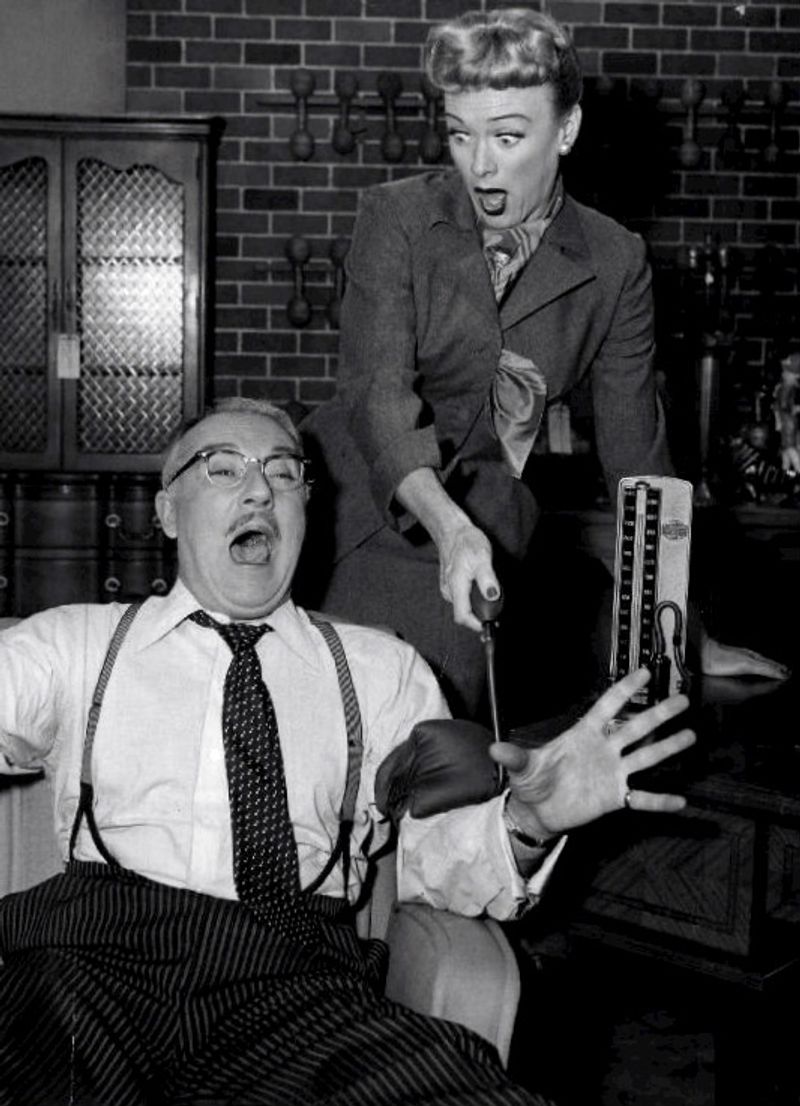
Before sitcoms focused on families, this show centered on a witty English teacher navigating school life with humor and heart. Connie Brooks became a relatable character for working women everywhere during the early 1950s.
Her romantic misadventures with biology teacher Mr. Boynton kept viewers hooked week after week. Though groundbreaking for featuring a career woman as the lead, the show rarely appears in modern reruns or streaming platforms today.
2. Leave It To Beaver
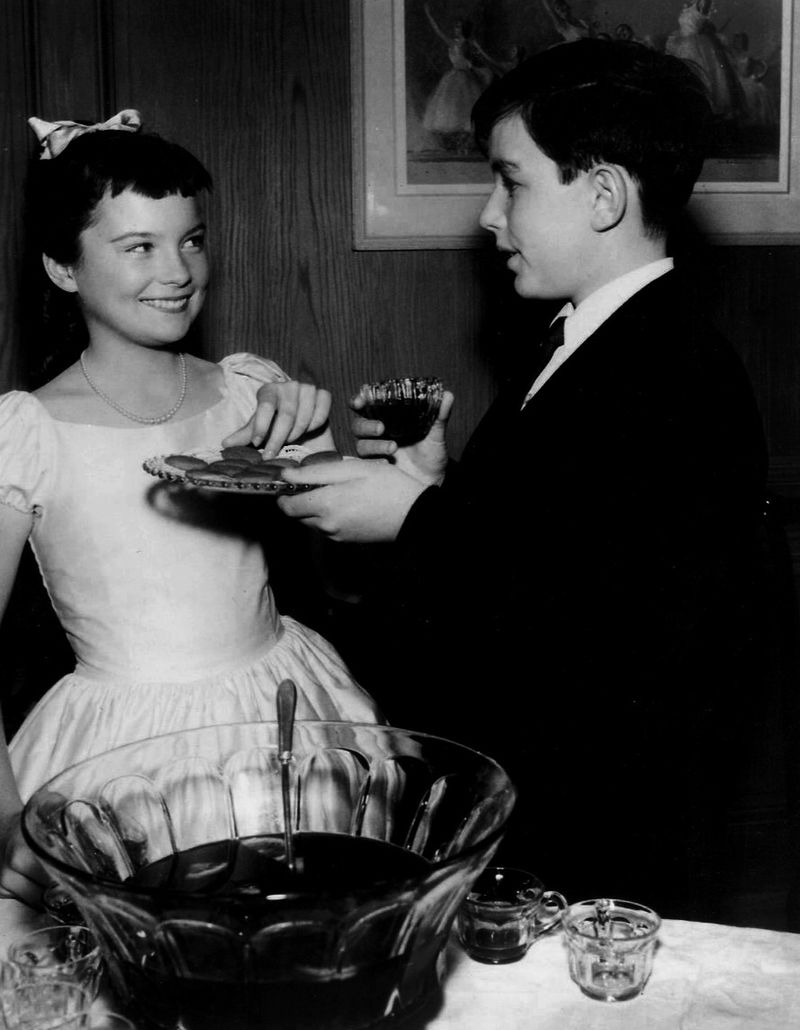
Beaver Cleaver and his brother Wally represented the idealized American childhood of the late 1950s and early 1960s. Every episode showed the boys learning valuable life lessons through everyday mishaps and adventures.
Parents Ward and June Cleaver became icons of traditional family values. While the show enjoyed massive popularity during its original run, younger generations rarely recognize the Cleaver family name anymore, despite its cultural impact.
3. Father Knows Best
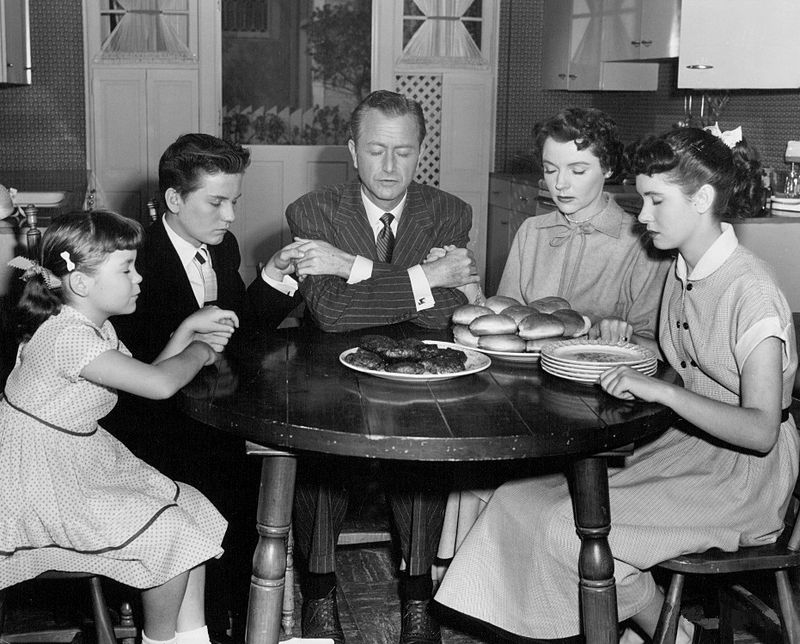
Jim Anderson always seemed to have the perfect solution for every family problem that came his way. This show painted an almost magical picture of suburban family life where dad really did know best.
The Anderson family became America’s model household throughout the 1950s. However, modern audiences find the overly idealized family dynamics feel outdated and unrealistic compared to today’s more complex sitcom families.
4. The Donna Reed Show
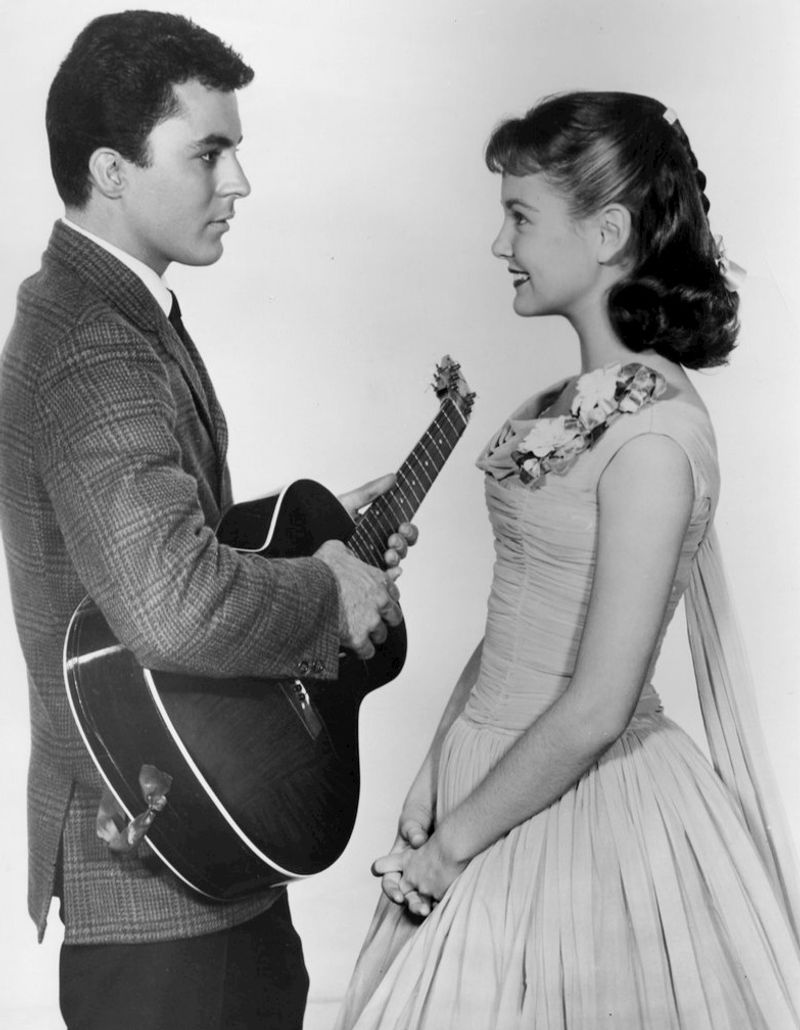
Donna Stone juggled motherhood, marriage, and household duties while looking absolutely flawless in pearls and heels. The show celebrated the suburban housewife lifestyle that dominated 1950s and 1960s American culture.
Her family’s lighthearted problems always resolved neatly within thirty minutes. Though the show won multiple awards during its eight-season run, it has largely disappeared from cultural memory as family dynamics evolved significantly.
5. The Adventures Of Ozzie And Harriet
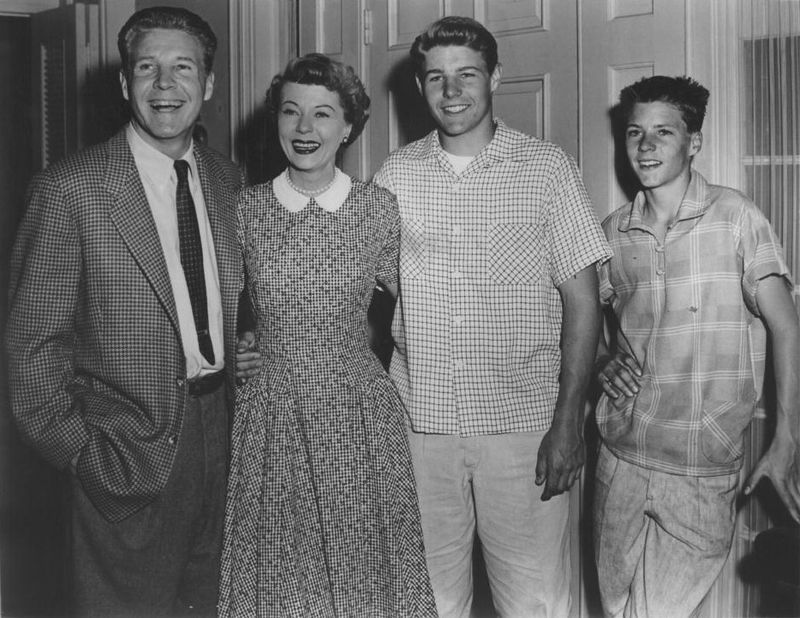
What made this sitcom unique was that the Nelson family played themselves on television every week! Ozzie, Harriet, David, and Ricky Nelson brought their actual family dynamics to the small screen.
Ricky Nelson even launched his music career through the show, becoming a teen idol. Despite holding the record for longest-running live-action sitcom for decades, the show rarely gets referenced in modern pop culture conversations today.
6. The Real McCoys
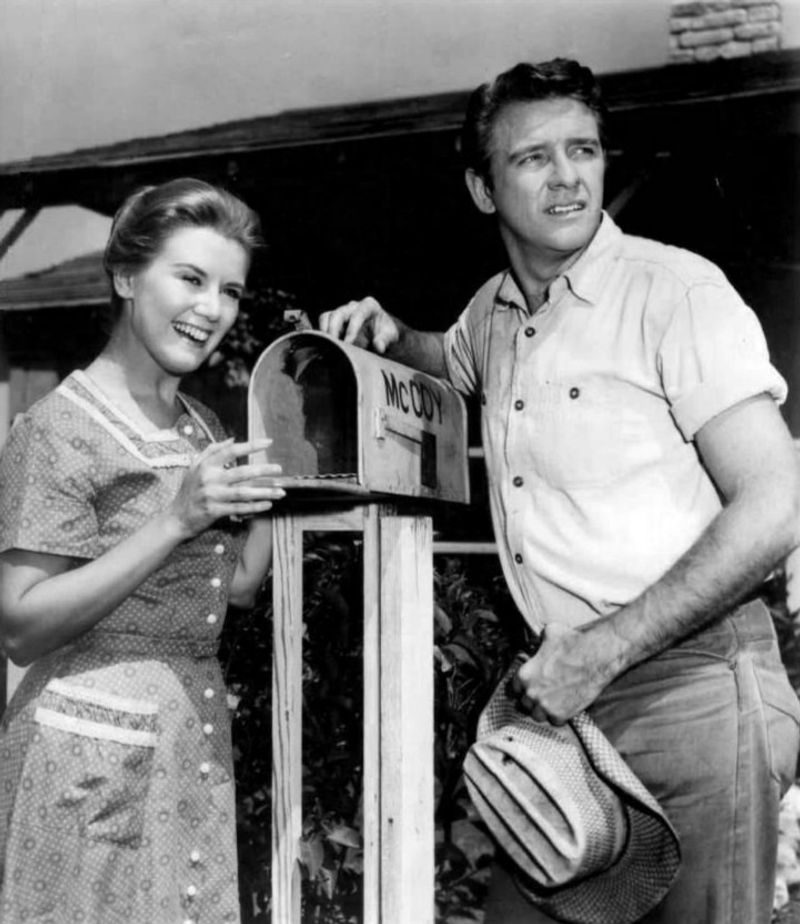
Grandpa Amos McCoy brought his West Virginia family out to California to start a new farming life. This show shifted away from suburban settings to showcase rural American life with warmth and authenticity.
The McCoy family’s down-home humor and country wisdom resonated with millions of viewers. Though it pioneered the rural sitcom genre that later inspired shows like The Beverly Hillbillies, it has faded significantly from public memory.
7. The Phil Silvers Show (You’ll Never Get Rich)
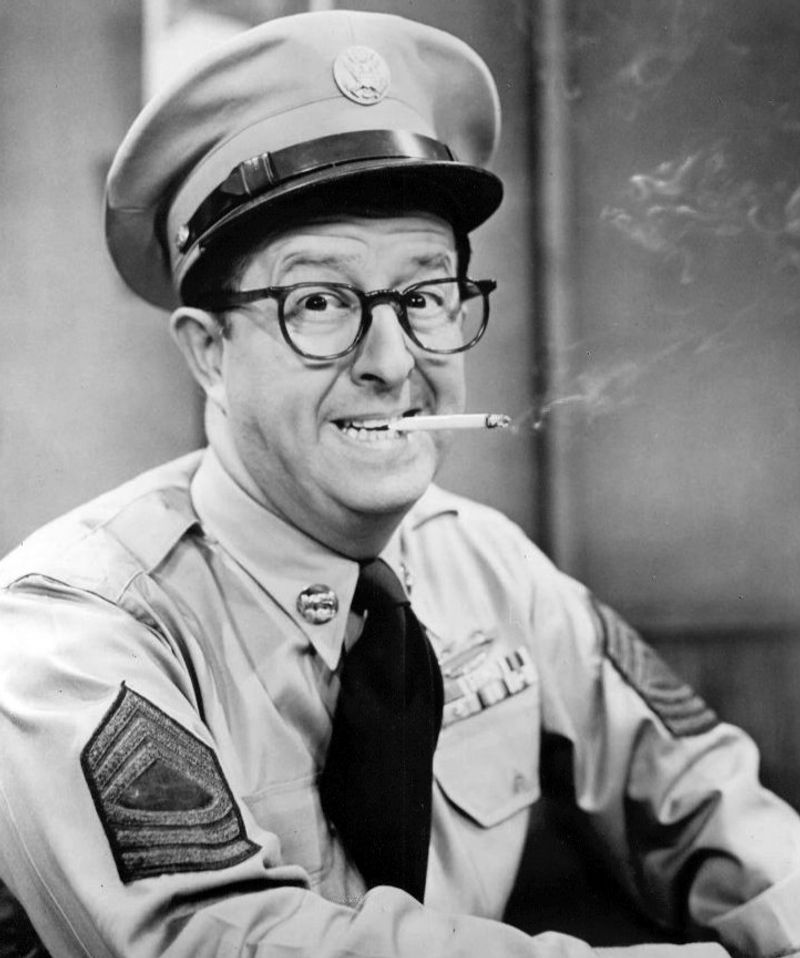
Sergeant Bilko was television’s most lovable con artist, always cooking up schemes at Fort Baxter. Phil Silvers brought incredible energy and comedic timing to this fast-paced military sitcom.
His elaborate plans to avoid work and make money kept audiences laughing throughout the mid-1950s. Despite winning multiple Emmy Awards and influencing countless comedies that followed, Sergeant Bilko barely registers with audiences today, even comedy historians.
8. The New Phil Silvers Show
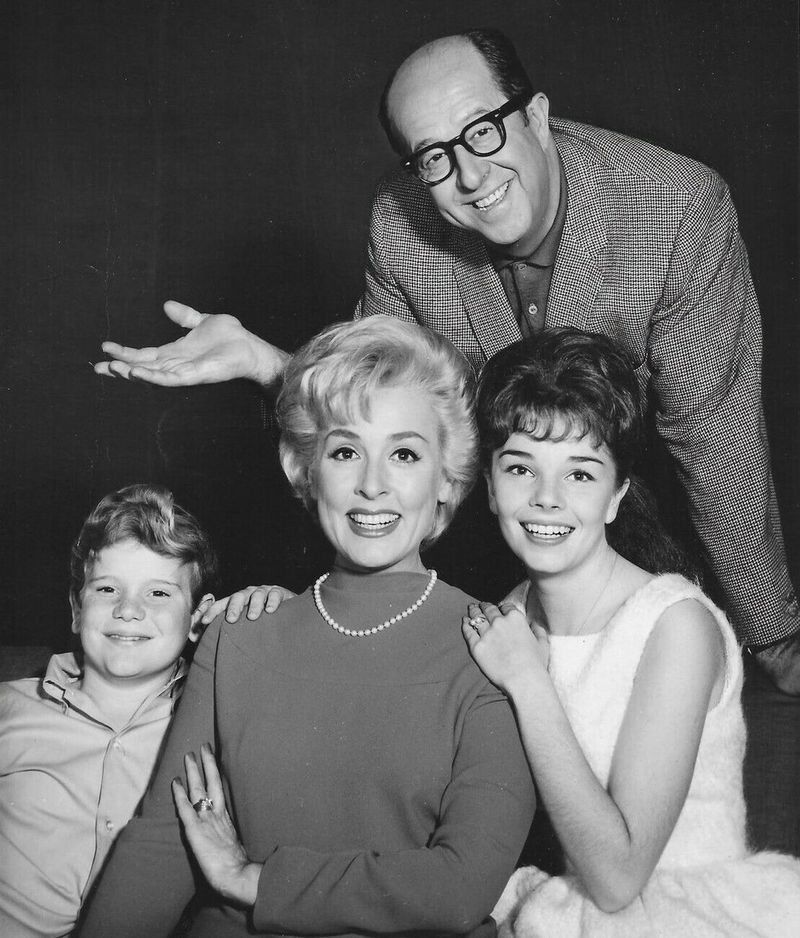
After Sergeant Bilko became a television legend, Phil Silvers returned with a new character in a civilian setting. Harry Grafton worked at a factory, bringing similar scheming energy to the workplace instead of the military.
Unfortunately, lightning didn’t strike twice for Silvers. The show lasted only one season and has become almost completely forgotten, overshadowed entirely by his earlier military comedy success and iconic Bilko character.
9. Make Room For Daddy (The Danny Thomas Show)
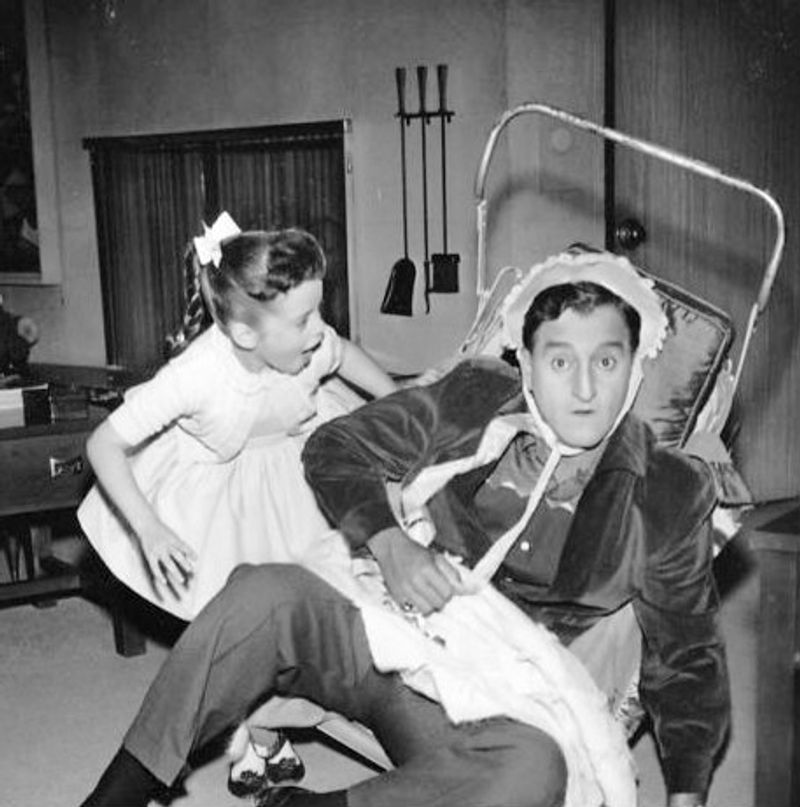
Danny Williams balanced his career as a nightclub entertainer with raising his family in New York City. The show offered a refreshing look at a working entertainment professional trying to be present for his kids.
Danny Thomas brought autobiographical elements to the role, making it feel authentic and heartfelt. Though the show ran for eleven successful seasons and spawned several spin-offs, it barely appears in modern television retrospectives anymore.
10. The George Burns and Gracie Allen Show
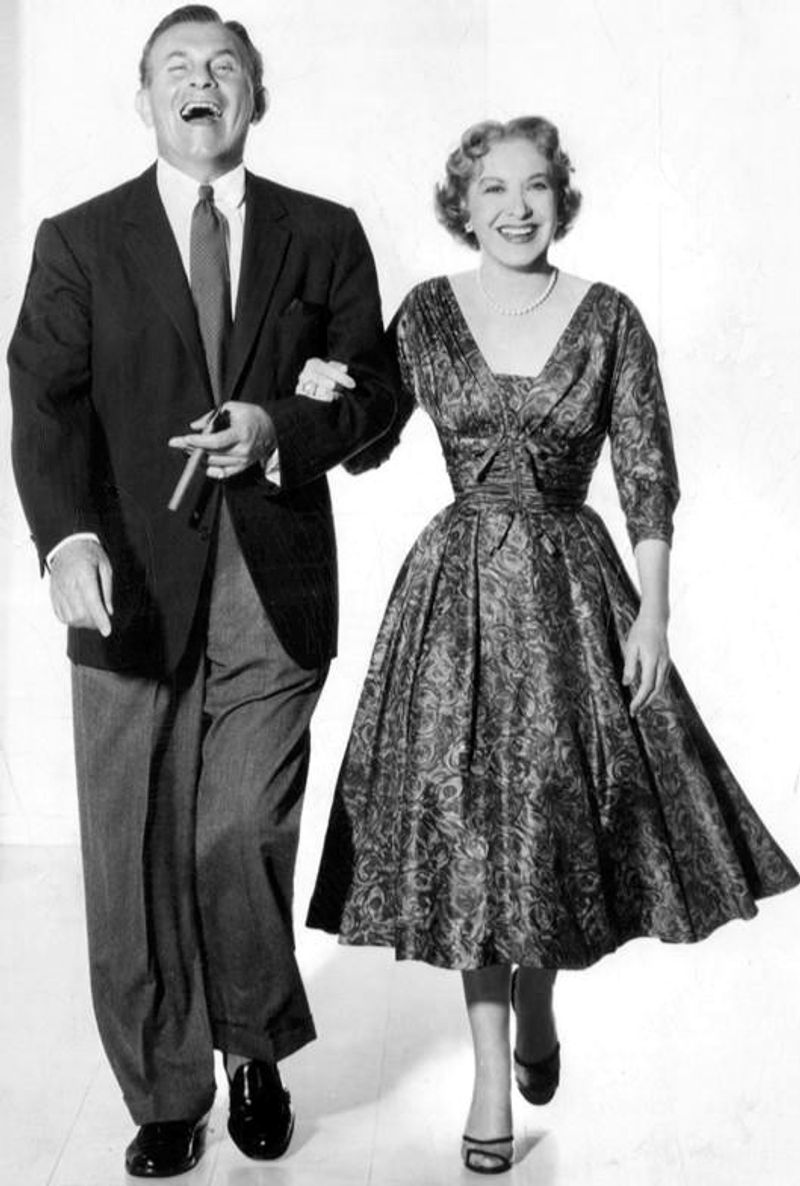
George Burns played the straight man to his real-life wife Gracie Allen’s hilariously confused character. Gracie’s unique logic and misunderstandings created comedy gold that audiences adored throughout the 1950s.
George would break the fourth wall, talking directly to viewers about the chaos unfolding. Though the show was groundbreaking and incredibly popular, younger generations rarely know about this pioneering comedy team’s television work today.
11. Car 54, Where Are You?
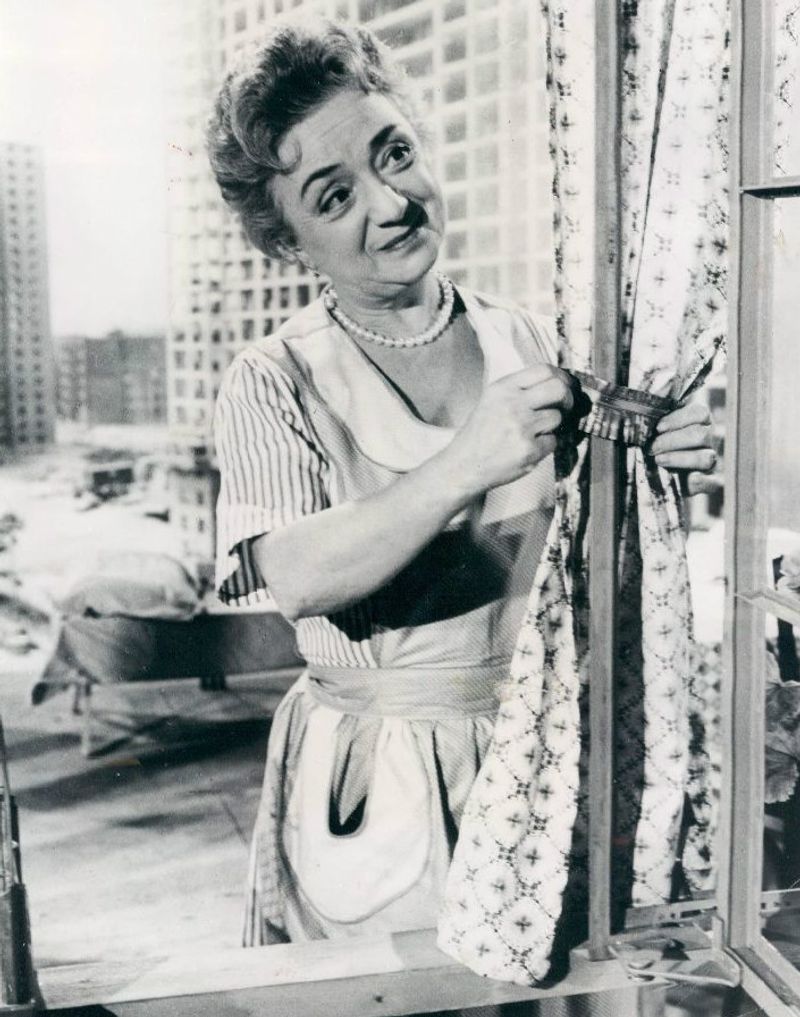
Officers Toody and Muldoon patrolled the Bronx in their squad car, creating comedy through their bumbling police work. This show brought slapstick humor to the police procedural format years before similar concepts became popular.
The mismatched partnership between the cheerful Toody and the serious Muldoon worked perfectly. Despite its catchy theme song and two-season run in the early 1960s, the show has virtually vanished from cultural memory.
12. The Life Of Riley
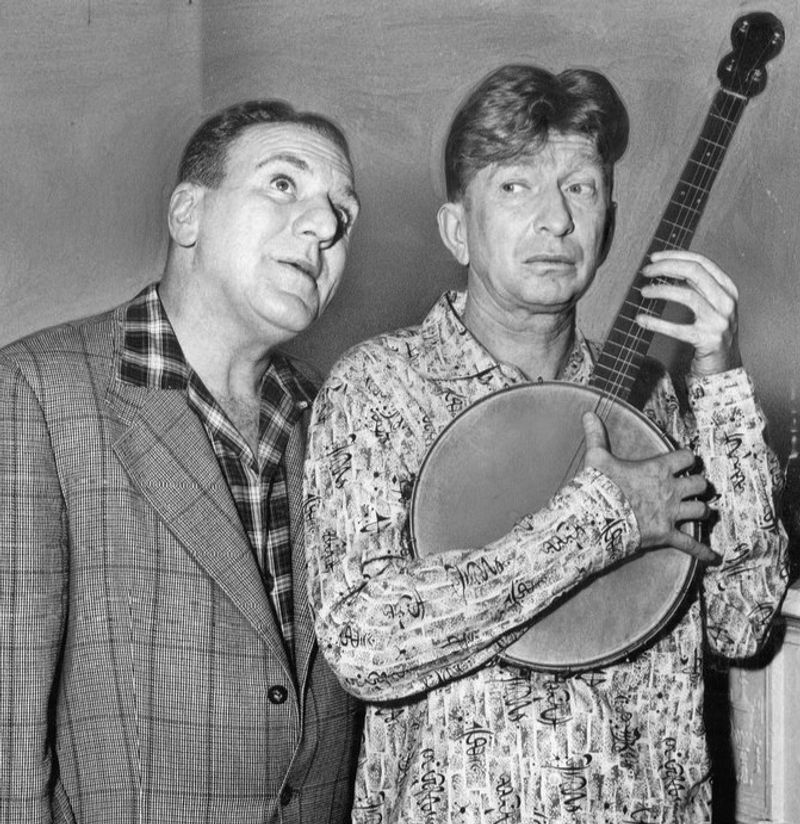
Chester A. Riley was a well-meaning aircraft worker whose plans always seemed to backfire in the most amusing ways. His catchphrase became famous as he’d exclaim his frustration with life’s complications.
The show focused on working-class family life rather than affluent suburban households. Though it successfully transitioned from radio to television and ran for multiple seasons, Riley’s misadventures have been largely forgotten by modern audiences today.
13. The Many Loves Of Dobie Gillis
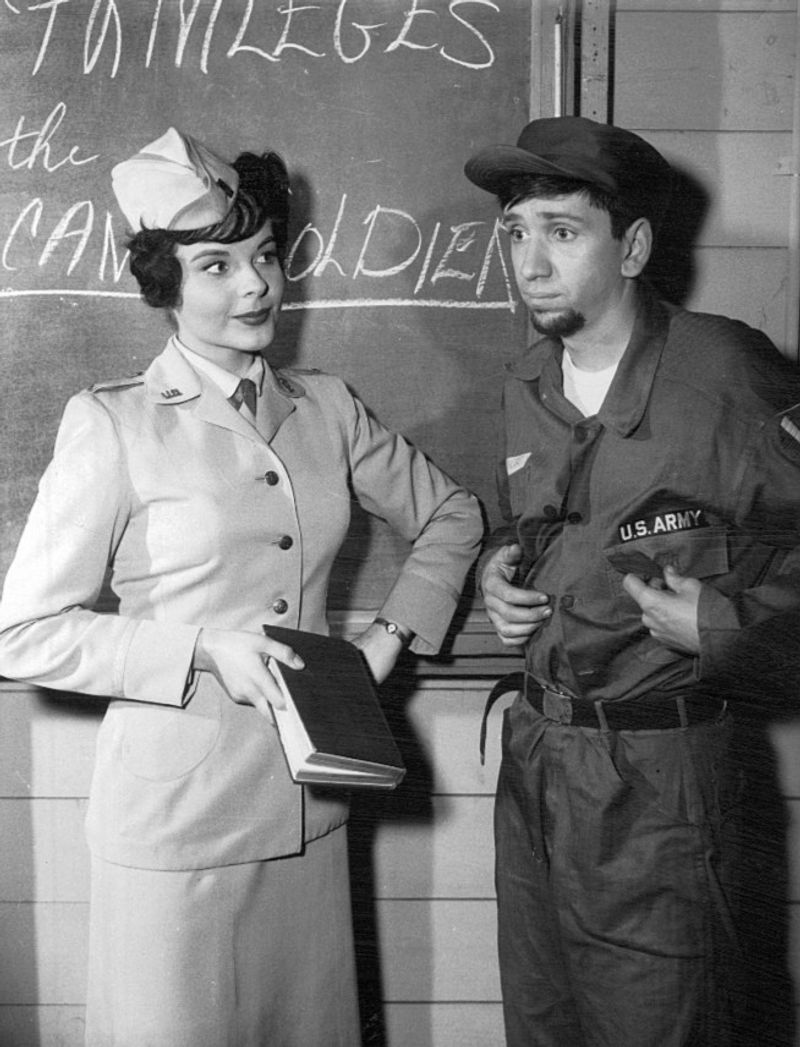
Dobie Gillis spent every episode chasing after beautiful girls while his beatnik best friend Maynard offered philosophical commentary. This teen-focused sitcom broke new ground by making adolescent romance and social struggles the central focus.
Maynard G. Krebs became television’s first beatnik character, complete with goatee and bongo drums. Though the show launched several careers and ran four seasons, it rarely appears in discussions about influential teen comedies.
14. Ozzie’s Girls
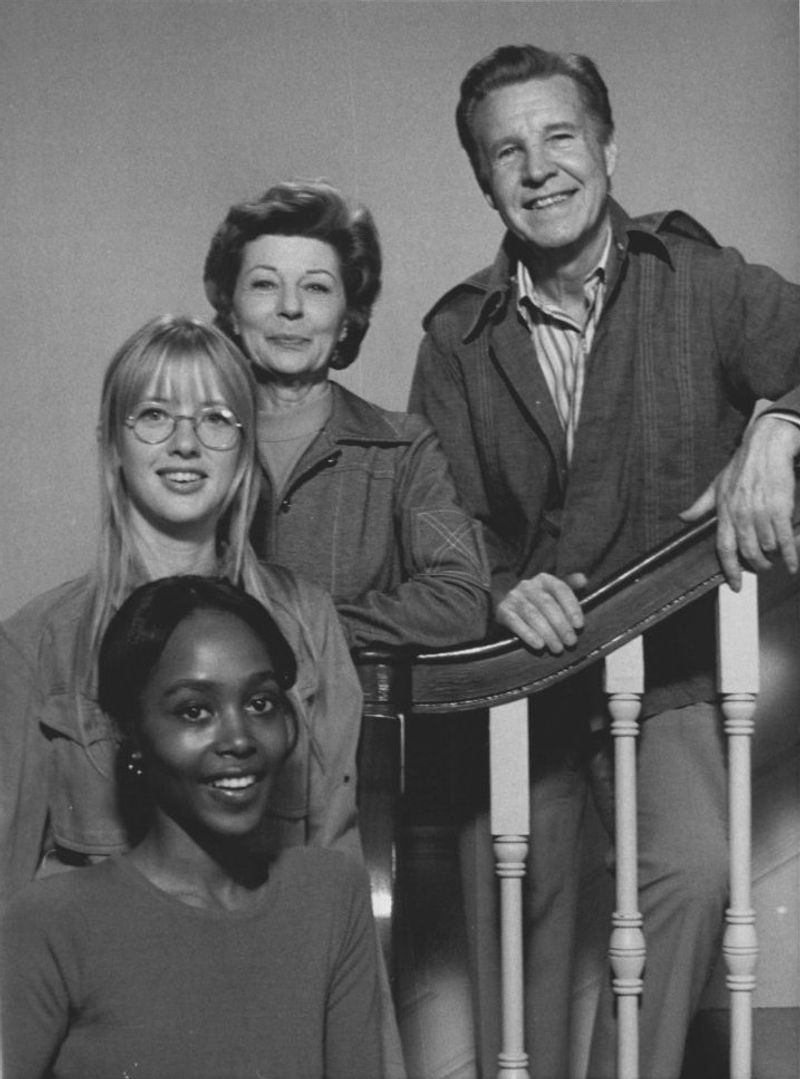
After their sons moved out, Ozzie and Harriet Nelson rented rooms to two college women in this short-lived spin-off. The show attempted to update the Nelson family dynamic for the 1970s with a generation gap twist.
However, audiences didn’t embrace this new format the way they loved the original series. Lasting only one season, this attempt to revive the Nelson television legacy has become a forgotten footnote in sitcom history.
15. The Honeymooners
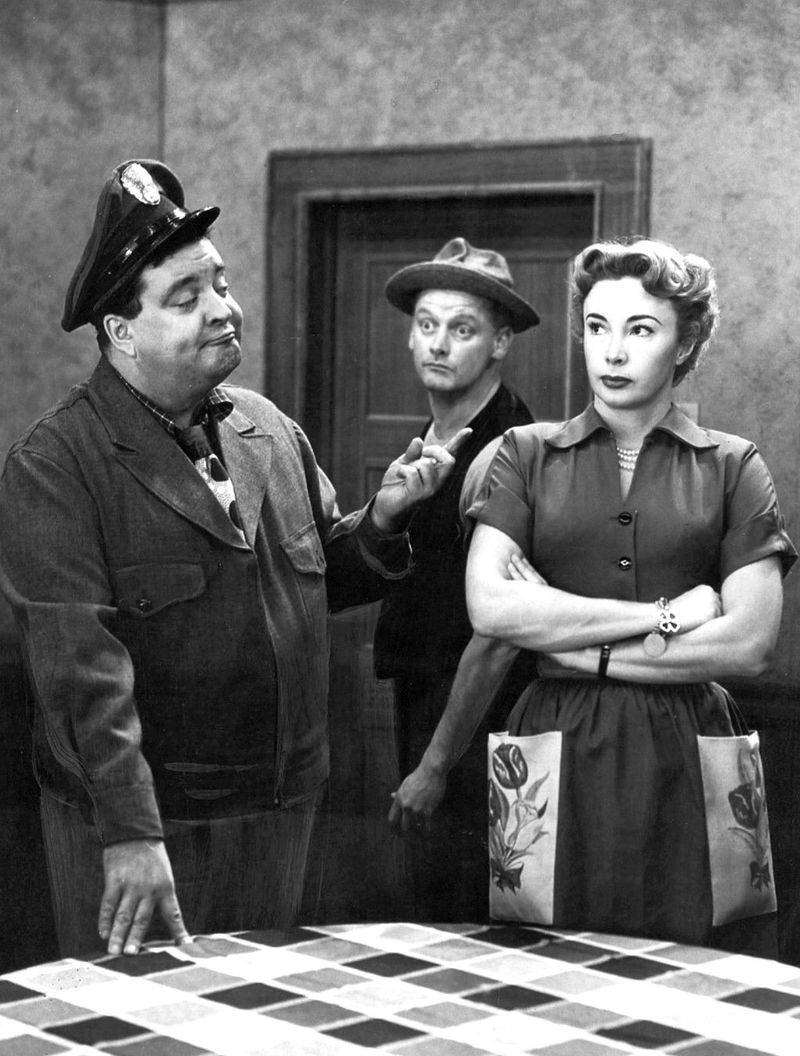
Ralph Kramden’s big dreams and loud personality filled that tiny Brooklyn apartment with unforgettable comedy moments. His long-suffering wife Alice kept him grounded while his best friend Norton provided endless entertainment.
Though only 39 episodes were produced as a standalone series, the show achieved legendary status. Interestingly, while comedy enthusiasts still revere it, mainstream audiences today rarely reference the Kramdens compared to the show’s peak cultural influence decades ago.

